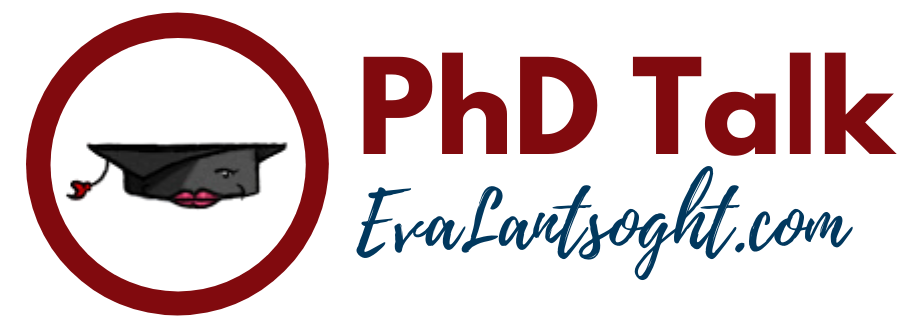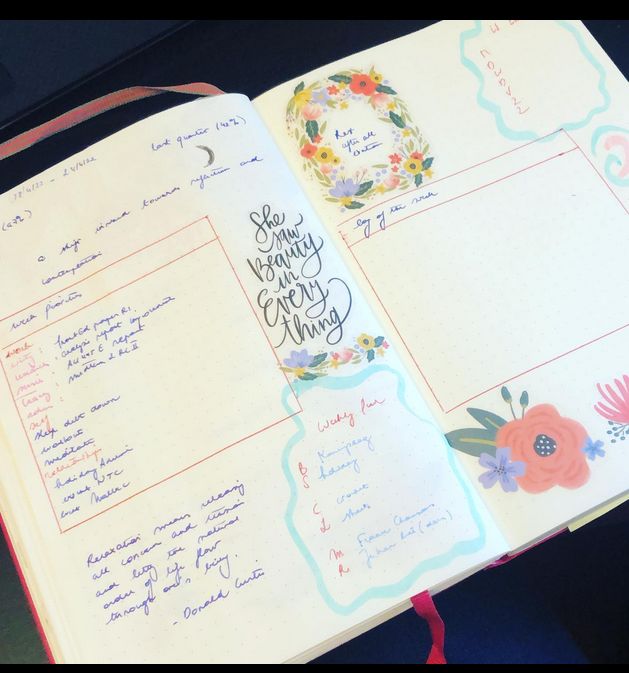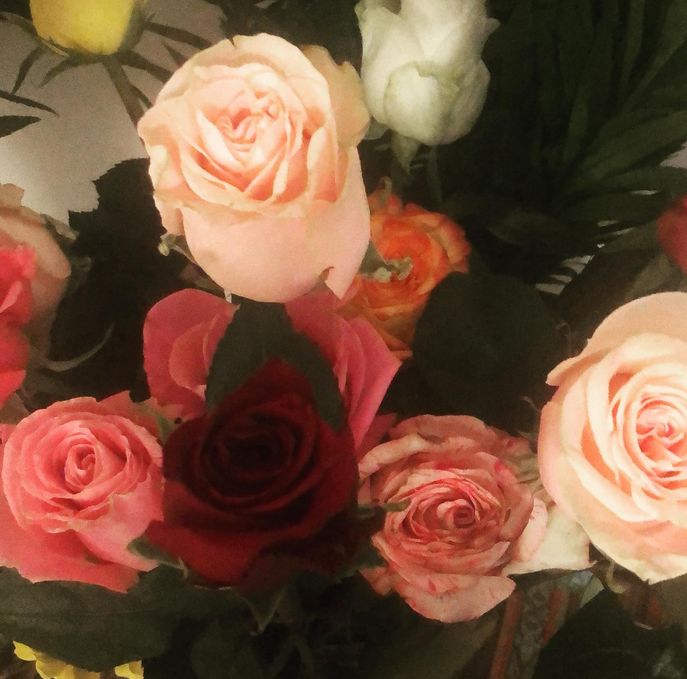
Expanding collaborations
When I think about how my academic journey has evolved over the years, one theme keeps resurfacing: collaboration. Not just as a buzzword, but as a deliberate way to grow, learn, and contribute meaningfully to my field. Expanding collaboration has been key to finding joy in research, building bridges across borders (literally and figuratively), and opening doors I didn’t even know existed.
Collaboration isn’t only about writing papers with others; it’s about nurturing a mindset of openness, seeking out opportunities, and stepping outside the comfort zone of working in our regular circle. Especially in academia, where long hours and niche topics can sometimes feel lonely, actively expanding your network can bring new energy and perspectives.
Here are some of the ways I intentionally work on expanding my collaborations:
- Pairing up with researchers in different countries: Working across borders has enriched my research in ways I never expected. Different regulations, building practices, and research cultures offer new angles to approach problems. Plus, international collaborations help keep my work globally relevant.
- Applying to new sources of funding: Collaborative grants and seed funds have allowed me to team up with researchers I wouldn’t have otherwise worked with and start a collaboration. These first steps have then opened the door for me to collaborate on research proposals in different countries.
- Working in technical committees: Being active in technical committees in my profession has connected me with academics and industry professionals. It’s a slow-building, behind-the-scenes type of collaboration, but incredibly rewarding, and it allows me to put my stamp on technical documents and codes. Moreover, growing in technical committees from being a member to becoming an officer has been crucial for me to develop leadership skills.
- Coauthoring papers: Whether it’s through joint supervision of students, or comparing individually obtained test results on a related topic, coauthoring remains one of the most straightforward and productive forms of collaboration.
- Going on visits: Short-term research stays and invited talks have helped me build trust with other institutions. These visits are not just about showing a presentation: they’re about hallway conversations, feeling the academic culture of another institution, coffee break talks, and starting the kind of conversations that can later turn into joint projects.
- Pushing for Memoranda of Understanding (MoUs): I’ve actively worked on establishing MoUs between my university and institutions I collaborate with. These formal agreements help simplify student exchange, joint supervision, and shared access to labs or data (and are a part of my internationalization tasks).
- Making connections at conferences: I try to attend conferences not just to present, but to connect and to learn. I prepare ahead by seeing with whom I need to discuss which topic, make notes of ideas that surfaced, and then follow up after meeting someone, propose ideas, and sometimes even build projects that started as a “what if” question over coffee.
Expanding collaboration is a continuous process. It takes time, effort, and a willingness to both give and receive. But for me, the rewards (intellectually, professionally, and personally) have been immense. If I had to give one piece of advice to early-career researchers, it would be this: don’t wait for collaborations to happen. Go out and build them, one conversation at a time.
How do you develop new collaborations?



